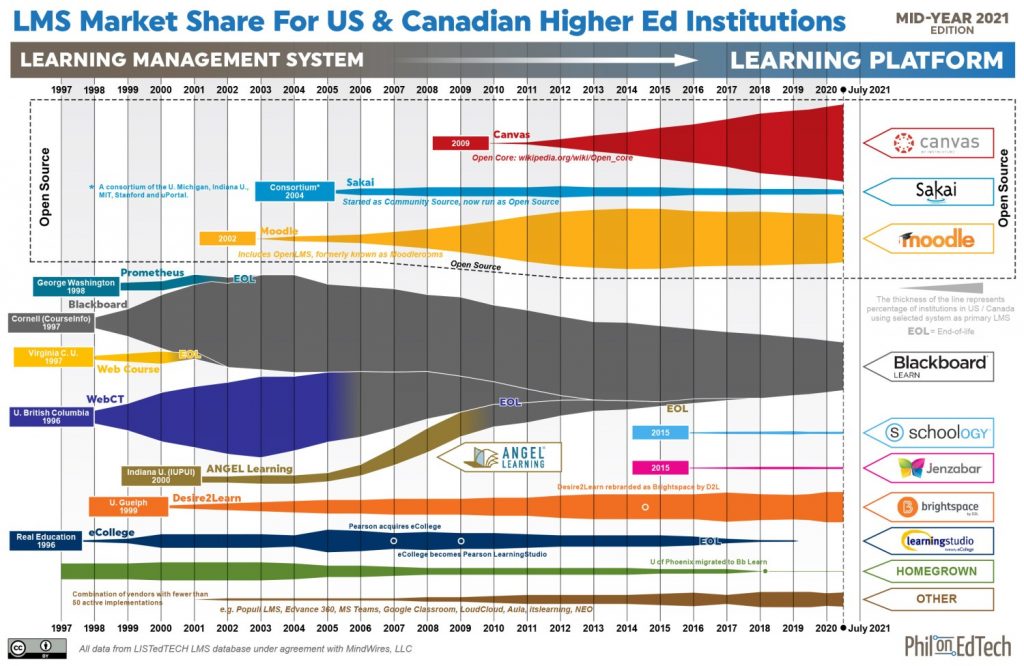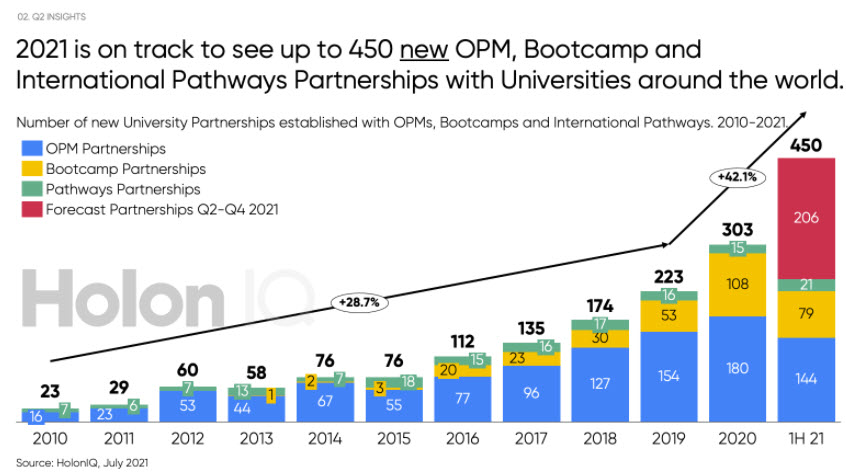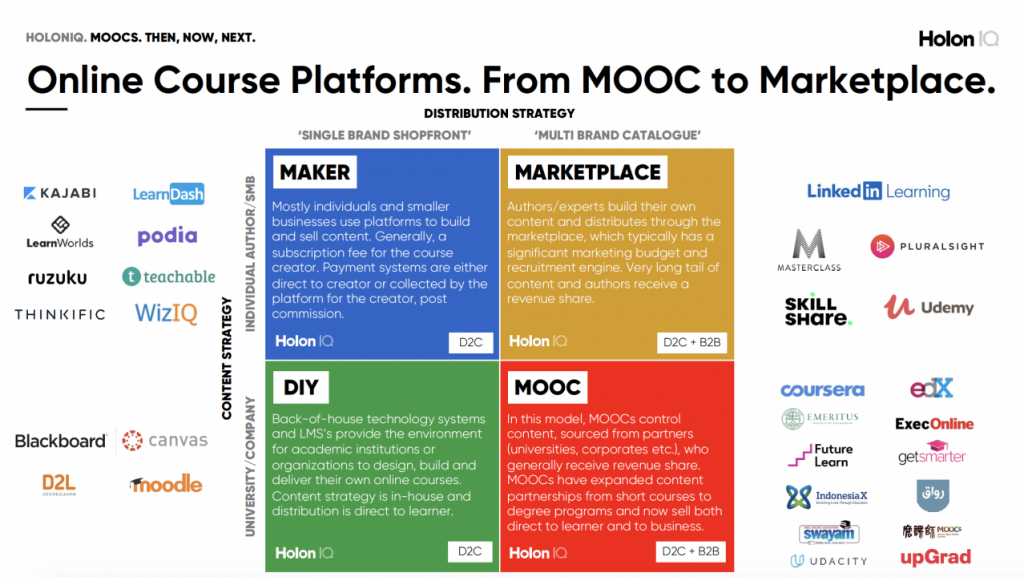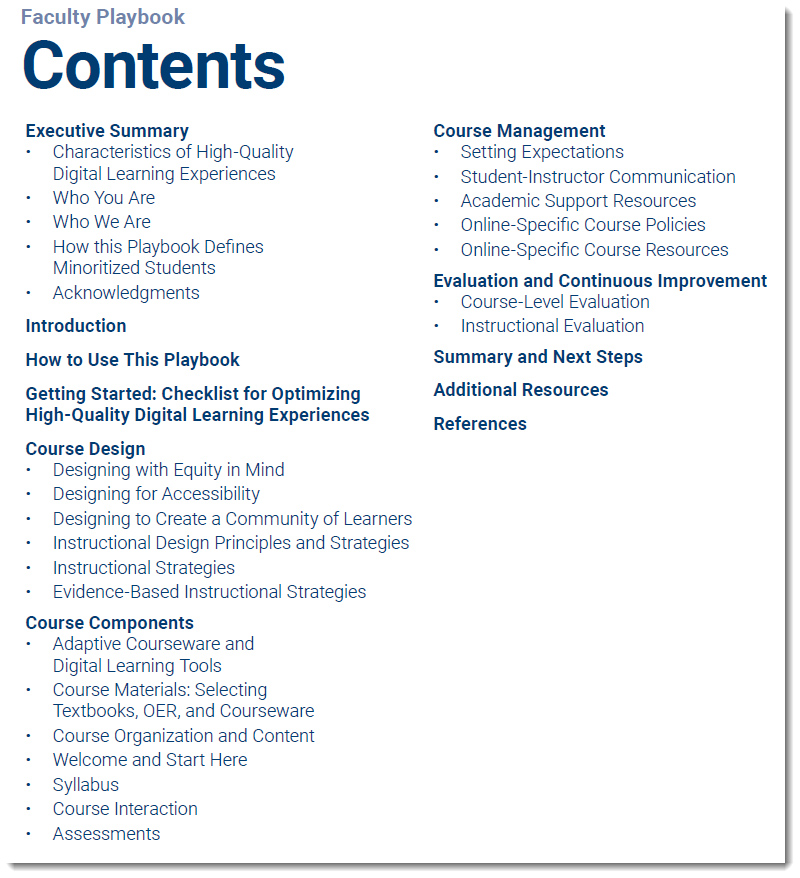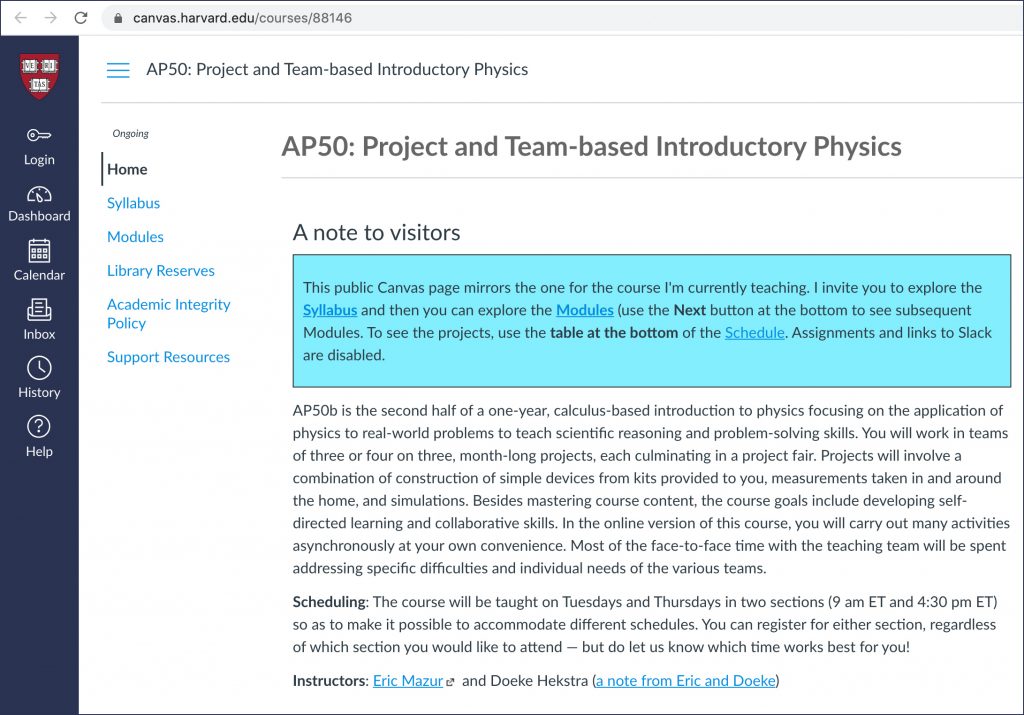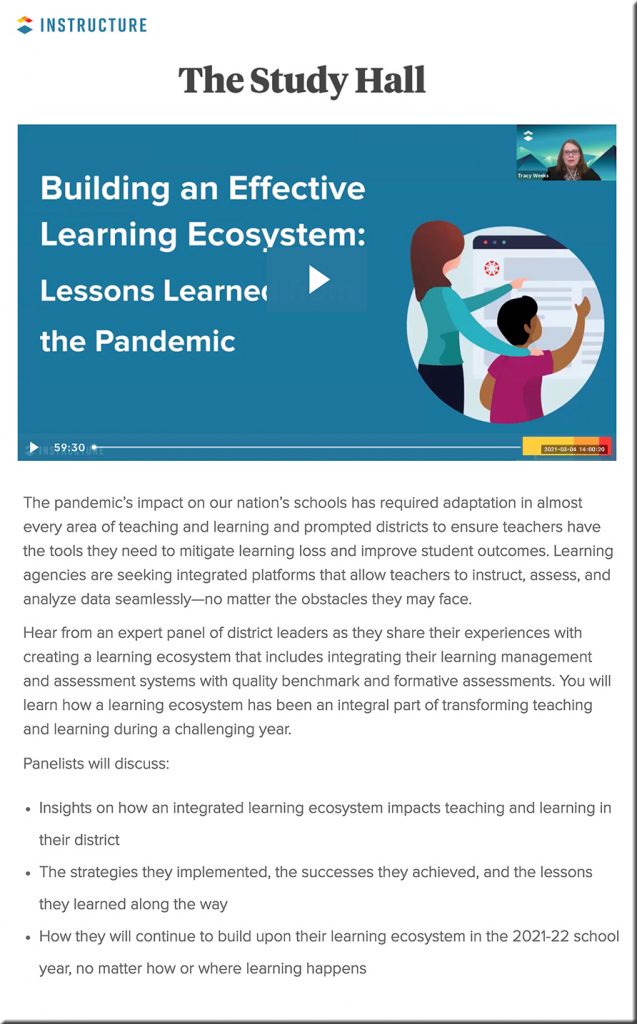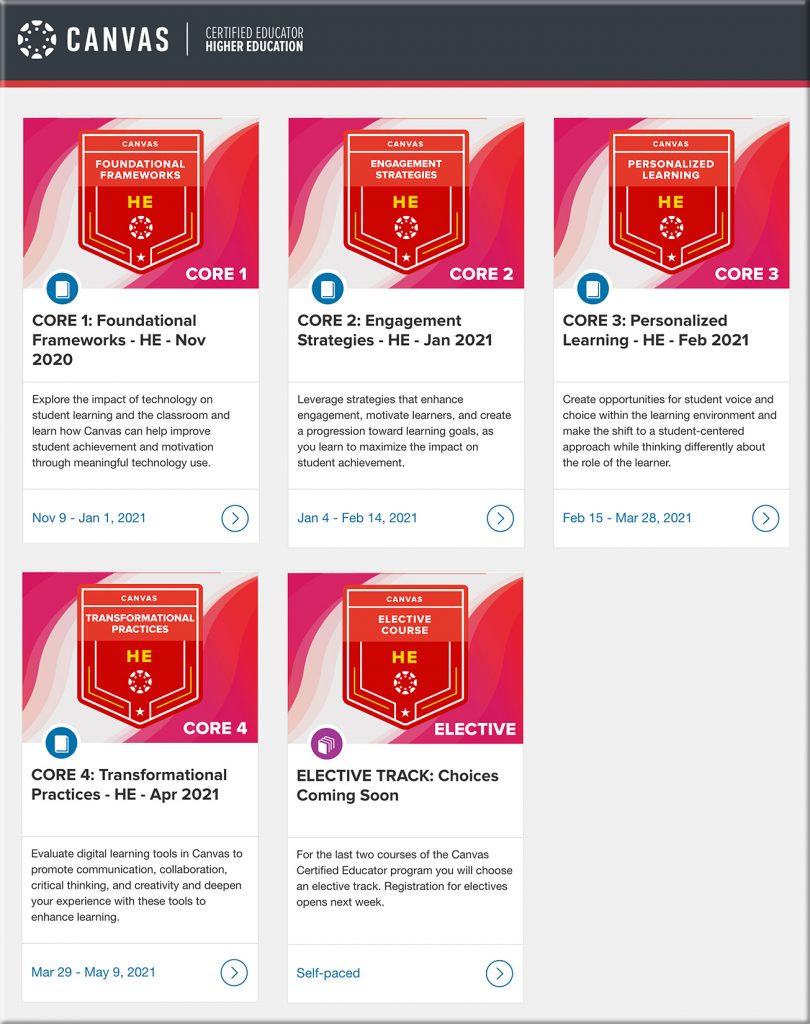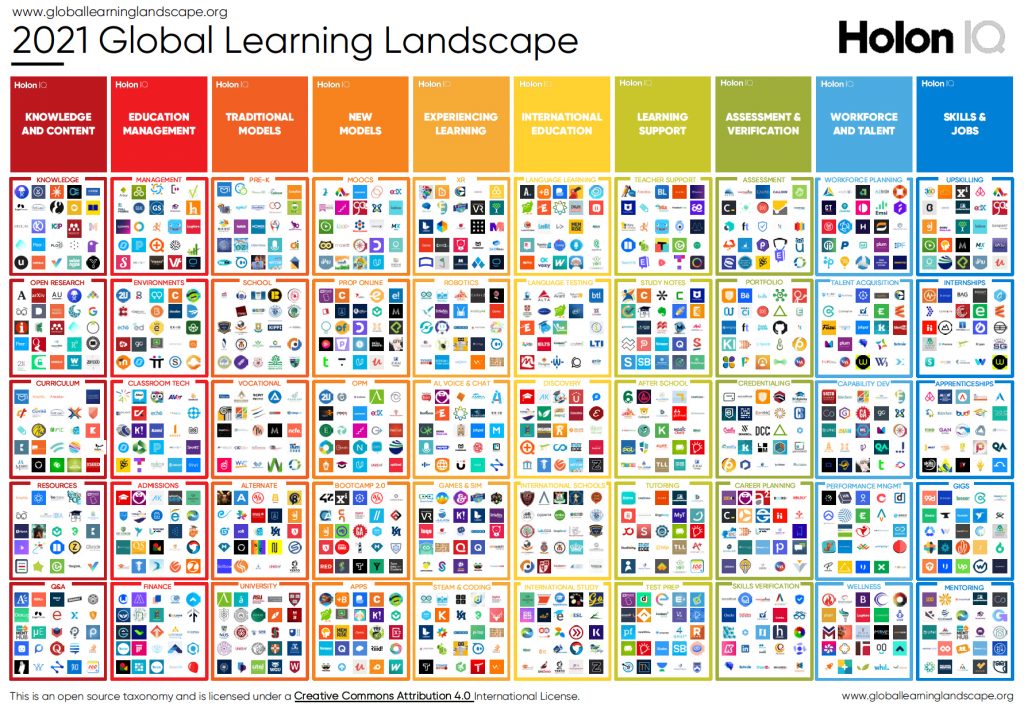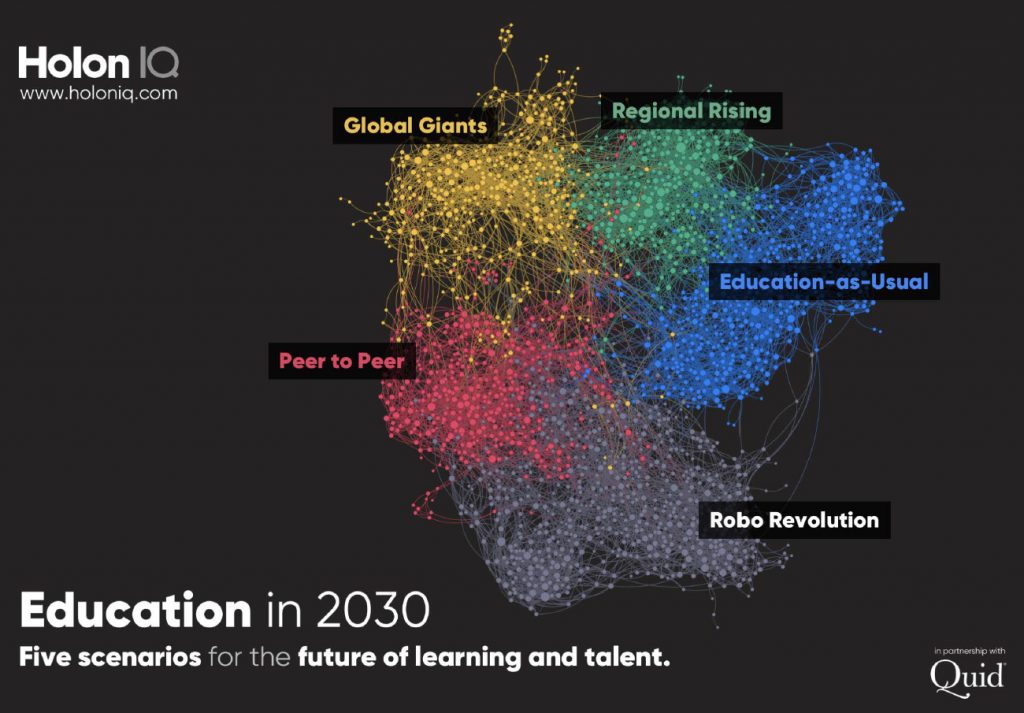State of Higher Ed LMS Market for US and Canada: Mid-Year 2021 Edition — from philonedtech.com by Phil Hill
Thinking Full-Speed Ahead at Instructure’s Future of Education Collaborative — from campustechnology.com by Mary Grush
A Q&A with FIU Online’s Maikel Alendy
Excerpt:
Maikel Alendy: Our director of learning design and innovation at FIU Online, Gaby Alvarez, likes to use a word that I think was foundational to our strategy to navigate learning through the pandemic — that word is ecosystem.
Our approach, like many, was to leverage Canvas and Zoom, but we had a few processes in place that gave us really a big head start. First, we had piloted Zoom years before and had already rolled out Zoom Pro accounts for all FIU faculty and students. Of course, the initial adoption was nominal. Usage was fine for “BC” (Before COVID) instruction. Still, it was helpful, once in the pandemic, that we already had support materials and some awareness of the tools.
IU researchers introduce ambitious new model for large-scale research on student learning — from news.iu.edu
Excerpt:
“The main conclusion of the study — to the great surprise of many teachers — is that there is no overall effect of feedback timing that spans all learning environments,” said Fyfe, an assistant professor in the Department of Psychological and Brain Sciences. “The findings should provide some comfort to teachers. If they take a few days to return feedback, there is no evidence that the delay will hamper their students’ progress, and in some cases, the delay might even be helpful.”
From DSC:
I must admit that I publish this with some hesitation, as I’m a big fan of personalized, customized feedback. I just hope that study doesn’t stop or reduce faculty members from providing such valuable feedback.
Also see:
The Science of Studying Student Learning at Scale — podcast and transcript — from campustechnology.com by Rhea Kelly; with Emily Fyfe and Ben Motz at Indiana University
Excerpt:
MOTZ: So ManyClasses is really an attempt to try and expand the scope of research so that what we’re doing in asking a question of how people learn, is expanding beyond the boundaries of any single classroom, really aiming at developing inferences that could generalize beyond that narrow scope, but also that might be able to identify where a practice might have benefits.
…
FYFE: …I think when we are thinking of ManyClasses as a research team, we’re thinking of it as a new gold standard for how to conduct scientific research in classrooms
…
And so ManyClasses is a model for sort of combining the rigor of these randomized experiments within these authentic settings. And the goal is to sort of, as Ben said, to do this across many classes, so that we’re not just running one experiment, but we’re replicating it across all of these different authentic educational settings. And so really, at the heart of it, ManyClasses is a new model for conducting research in educational settings.
Instructure Is Back on the Stock Market, But Not Much Change Expected For Canvas Users — from edsurge.com by Jeffrey R. Young
Excerpt:
Instructure is officially a publicly-traded company—again.
Officials from the company, which makes the Canvas learning-management system used at many colleges and schools, rang the opening bell at the New York Stock Exchange today, marking its IPO.
OPM + MOOC = OPX. 244 University Partnerships in the first half of 2021 — from HolonIQ
OPX has well and truly arrived. 2U’s acquisition of EdX. Coursera’s IPO. SEEK’s 50% stake in FutureLearn and their ownership of OES. UpGrad’s rumored $4B valuation. Shorelight Live. Minerva’s OPM pivot. The list goes on, and meanwhile 244 University Partnerships were forged in the first half 2021.
Optimizing High-Quality Digital Learning Experiences A Playbook for Faculty — from onlinelearningconsortium.org
Excerpts:
This playbook is a collaboration between the Online Learning Consortium (OLC), the Association of Public and Land-grant Universities (APLU), and the Every Learner Everywhere Digital Learning Network. This playbook is designed to serve as a concise guide to address faculty needs for online course design, teaching, and continuous improvement.
…
One strategy that can enhance teaching presence in an online course is to provide audio and video content that can be developed with relative ease using multimedia applications. Creating micro-lectures along with other multimedia is a great option for designing online course content.
…
Creating your own closed-caption video content, along with video transcripts, is a practical option for communicating course concepts to students. You might also consider providing supplementary written materials or curating content from other sources to help students master course concepts.
Teaching: Why an Active-Learning Evangelist Is Sold on Online Teaching — from chronicle.com by Beth McMurtrie
Excerpts:
Now, says Mazur, the results are in and he’s convinced: online teaching is better. Not in all circumstances, to be sure. But in his applied-physics courses, students showed larger learning gains and felt more supported than students had in in-person classes. In fact, they appear to have learned so much more effectively in this new format that he wonders if it’s “almost unethical,” to return to the classroom this fall.
“I have never been able to offer a course of the quality that I’m offering now,” he says. “I am convinced that there is no way I could do anything close to what I’m doing in person. Online teaching is better than in person.”
One benefit of this setup, says Mazur, is that students go at their own pace. He has thought a lot about how classroom-based work, even when it is student-led, is hostage to the clock and the instructor. Not every group works at the same pace, yet everyone has to wait until others are ready, or rush ahead when they fall behind. When groups set their own pace, it gives them the space to work through problems or get help as needed. The value of self-paced learning is also evident outside of class, says Mazur, who built more asynchronous work into his online course.
“I have never seen students work this hard for my course,” he says. “Never. And so consistently.”
Also see:
But he’s so convinced of how valuable this model is that he asked Harvard to allow him to keep teaching online this fall.
Also relevant/see:
- Online Learning Increases College Access for Underserved Native American Students — from edtechmagazine.com by Adam Stone
The California Indian Nations College saw a 22 percent increase in enrollment last year. Here’s a look at how they did it. - A Simple Guide to Four Popular Online Learning Formats — from blog.commlabindia.com by Nameera Sallum
With the pandemic making in-person training a remote possibility, organizations relying on classroom training are now looking to online learning. This post discusses various aspects of four popular online learning formats – eLearning, microlearning, virtual classrooms, and social learning.
Instructure: Building an Effective Learning Ecosystem — a recorded webinar from instructure.com from 3-4-21 (NOTE: You will need to provide some basic contact information to view it.)
Excerpt:
Hear from an expert panel of district leaders as they share their experiences with creating a learning ecosystem that includes integrating their learning management and assessment systems with quality benchmark and formative assessments. You will learn how a learning ecosystem has been an integral part of transforming teaching and learning during a challenging year.
8 Higher Education IT Trends to Watch in 2021 — from edtechmagazine.com by Adam Stone
Keep your eye on these trends as higher education prepares for a post-pandemic future.
Excerpt:
1. Get Used to More Advanced Learning Management Systems
At Virginia Tech, the Canvas learning management system (LMS) was critical for coordinating synchronous and asynchronous learning. Such systems will only become more sophisticated moving forward, says Randy Marchany, the university’s IT security officer. “With COVID, instructors have become more video savvy,” he says. “We’re all getting smarter about how we use these tools.”
2. A Rise in Sophisticated Videoconferencing Platforms
Even after the pandemic, educators might continue lecturing over Zoom and other videoconferencing platforms. However, they’ll be doing it in more sophisticated ways. “People will be making these experiences more collaborative, more authentic — with much richer interactions and conversations,” Grajek says. “We are all becoming more experienced consumers, and we will see a lot of innovation in this area.”
From DSC:
Yet another step closer…
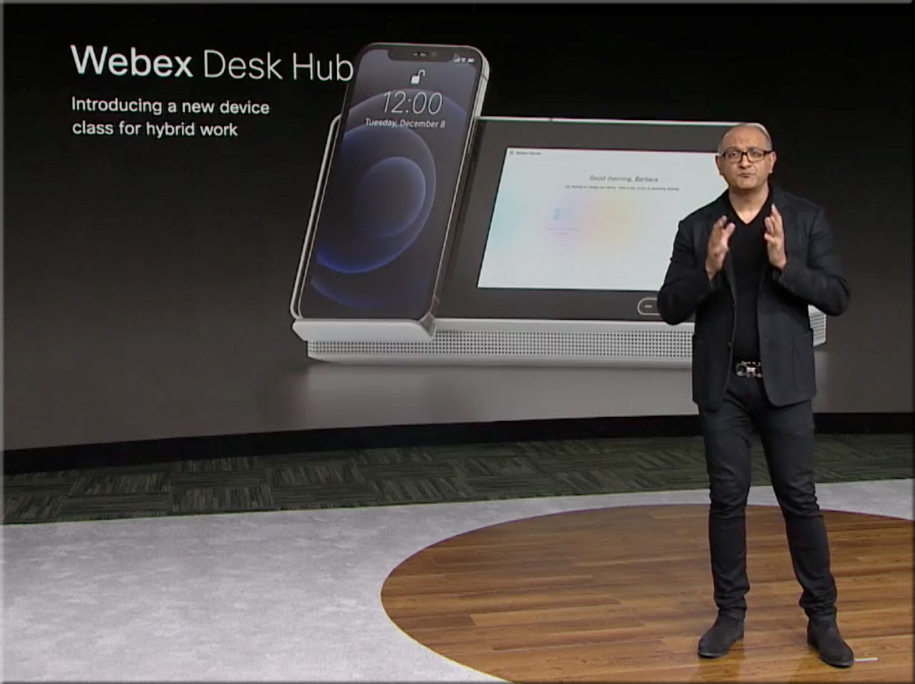
From DSC:
In yesterday’s webexone presentations, Cisco mentioned a new device category, calling it the Webex Desk Hub. It gets at the idea of walking into a facility and grabbing any desk, and making that desk you own — at least for that day and time. Cisco is banking on the idea that sometimes people will be working remotely, and sometimes they will be “going into the office.” But the facilities will likely be fewer and smaller — so one might not have their own office.
In that case, you can plug in your smart device, and things are set up the way they would be if you did have that space as a permanent office.
Applying this concept to the smart classrooms of the future, what might that concept look like for classrooms? A faculty member or a teacher could walk into any room that supports such a setup, put in their personal smart device, and the room conditions are instantly implemented:
- The LMS comes on
- The correct class — based on which day it is and then on the particular time of day it is — is launched
- The lights are dimmed to 50%
- The electric window treatments darken the room
- The projector comes on and/or the displays turn on
- Etc.
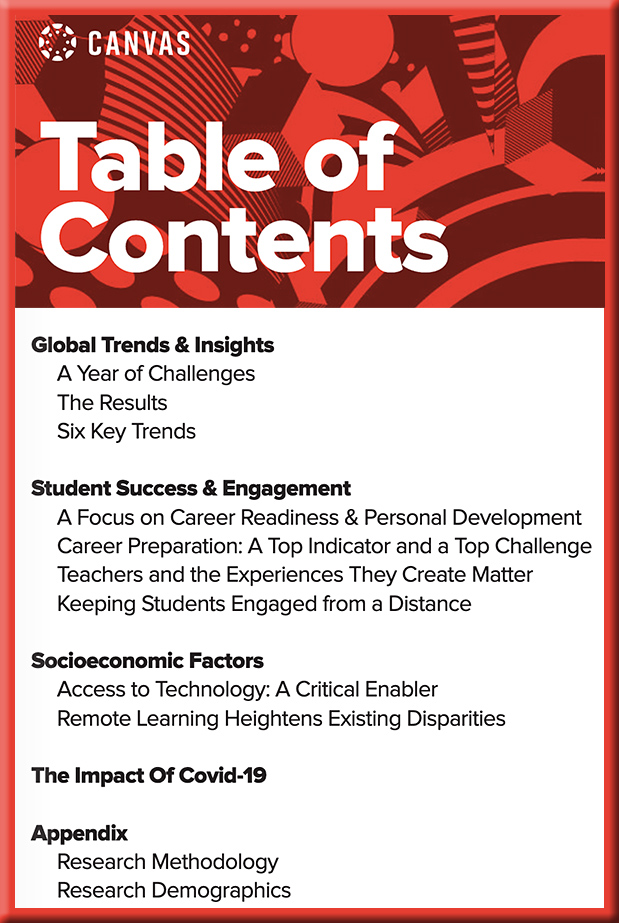
State of Student Success and Trends in Higher Education — from instructure.com
2020 Global Research Study and Trends
Excerpt (emphasis DSC):
In the following report, we’ve identified six leading trends for student success and engagement in today’s world:
- Career readiness is the number one priority for students.
- Institutions need to think beyond the lecture.
- Faculty-student engagement is critical.
- Online learning needs to be intentionally designed.
- Socioeconomic disparities impact engagement.
- Democratisation of education begins with equitable access.
Expert Tips for Using PowerPoint Presenter View (2 screens, Windows) in Zoom or Teams — from thinkoutsidetheslide.com; with thanks to Tamara Kravits for this resource
Except:
In this article I want to share some of the expert tips for using the features of Presenter View. I will use the common scenario of Presenter View showing on one screen while the slides show on a second screen which is shared in the meeting platform. This allows easy access to all the Presenter View features.
If you need to add a second screen, check out the options in this article and if you want to learn more about using Presenter View in different setups, I have complete guides to using Presenter View in Zoom and in Teams.
From DSC:
Along the lines of using two monitors with a videoconferencing application, below is a graphic I created for our faculty members at the WMU-Cooley Law School.
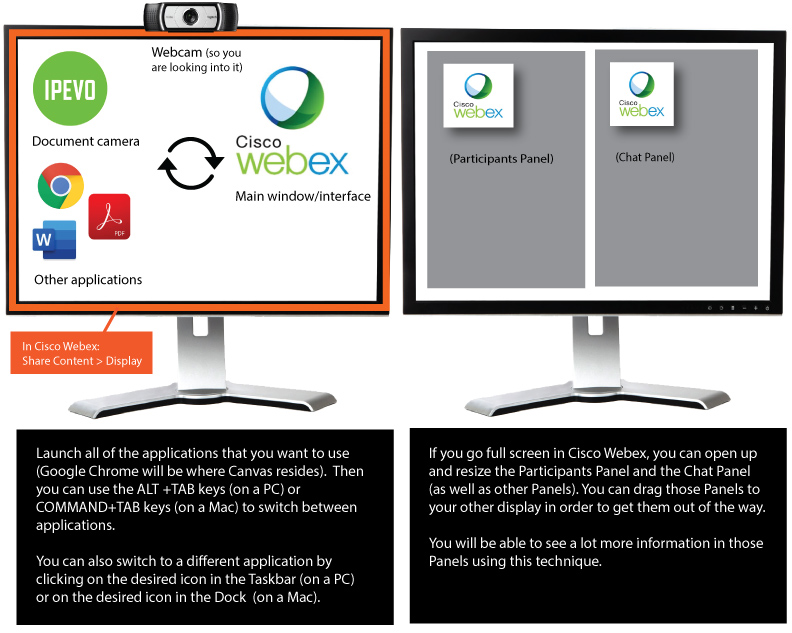
Also relevant/see:
- 6 Microsoft Teams features Zoom doesn’t have — from legaltechmonitor.com by Jim Calloway
Per “Instructure Launches Canvas Certified Educator Program” out at The Journal by Dian Schaffhauser:
Each course is expected to take about four weeks to finish. They include:
- Core 1: Foundational frameworks, which explores the impact of technology on student learning and the classroom and how Canvas can be used to help educators boost student achievement, motivation and engagement;
- Core 2: Engagement strategies, to examine how Canvas can help enrich teaching practices and maximize student achievement;
- Core 3: Personalized learning, to dive into personalized learning and learn how to create opportunities for student voice and choice within the learning environment;
- Core 4: Transformational practices, to help participants learn how to evaluate open standard digital learning tools that can enhance learning through Canvas; and
- Electives, described as a series of optional courses that can be selected by educators based on interests and needs.
From DSC:
Put yourself in the place of the conscientious/thorough learner. If you come into a course on Canvas & see Quizzes, Assignments, Discussion Boards, as well as other items listed on the Course Navigation Bar — in addition to the Modules selection — you might find yourself going to check many of those selections Every. Single. Day.
Graphically speaking:
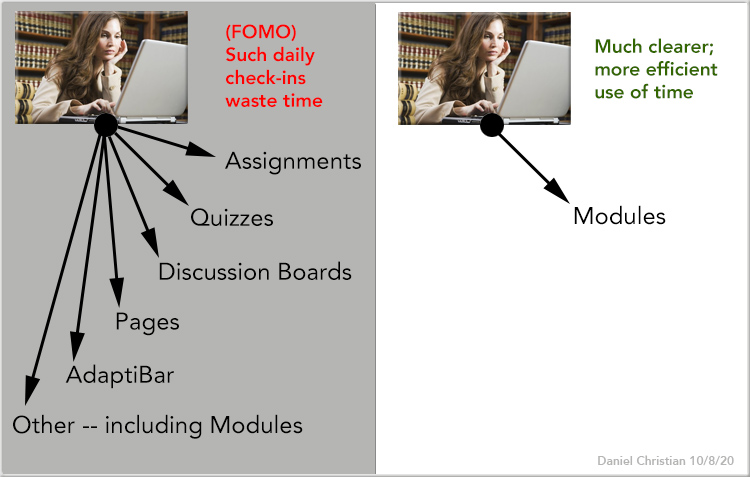
(DSC purchased this image from Getty Images)
From DSC:
By the way, this is why RSS feeds and feed aggregators were implemented. Have updates/content flow to the person, instead of the person wasting time trying to find what’s been updated on 100+ websites.









